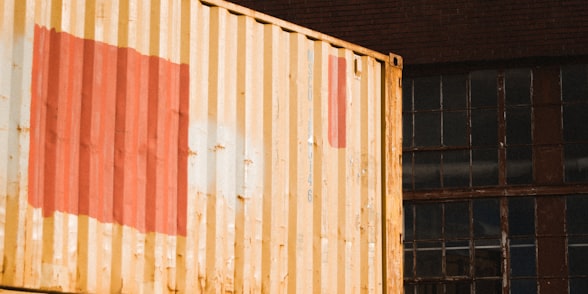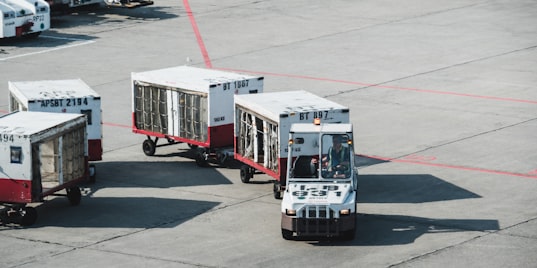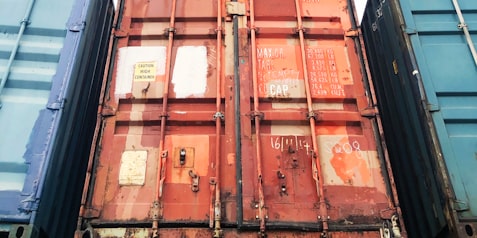
Since its introduction in 2010, the electronic Air WayBill (eAWB) has become the default contract for all air cargo shipments on enabled tradelanes and most other air transport documents have also been digitalised.
More recently, electronic documents have entered in the maritime industry too. In 2021, several container lines have introduced eBills of Lading (eBL). The purpose of digitalisation is to improve synchronisation and communication between parties involved, increase visibility,...
https://theloadstar.com/shipping-e-docs-set-to-emulate-airlines-with-digital-take-off/


